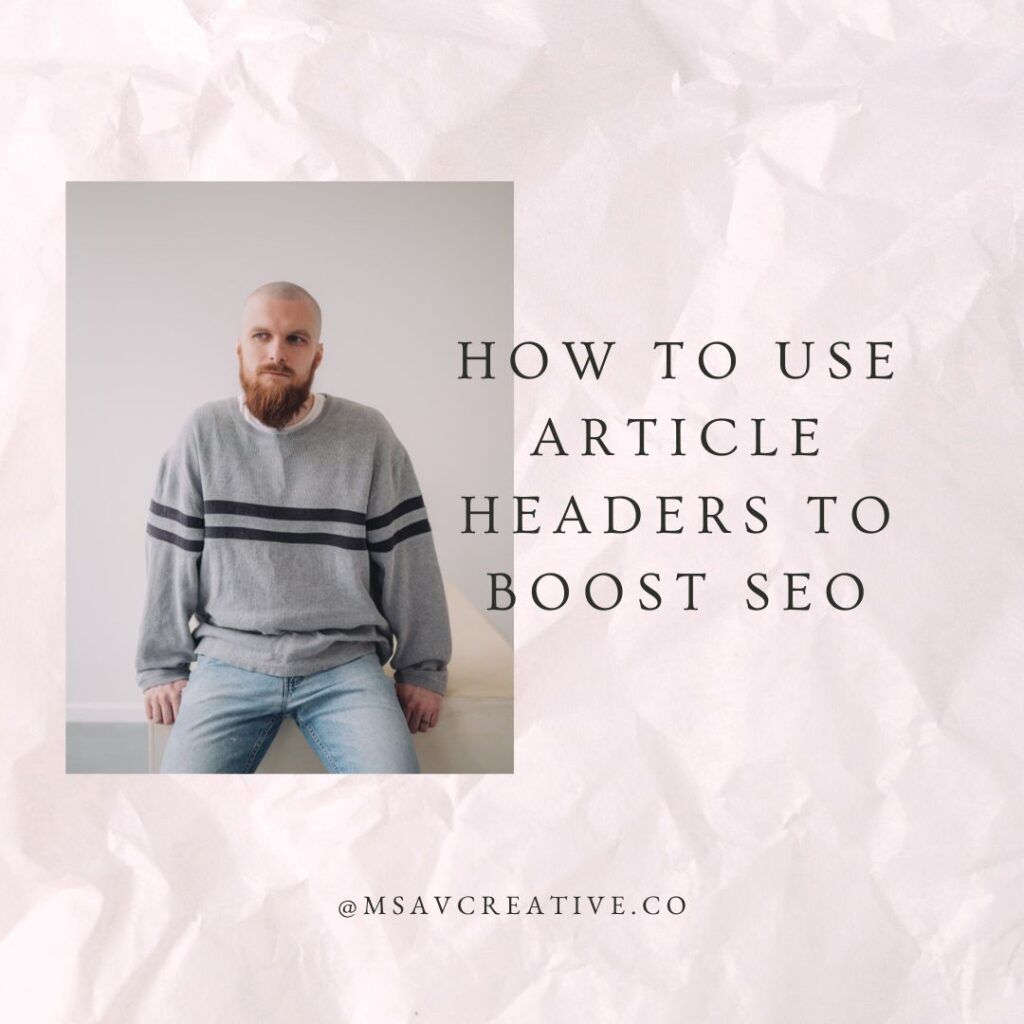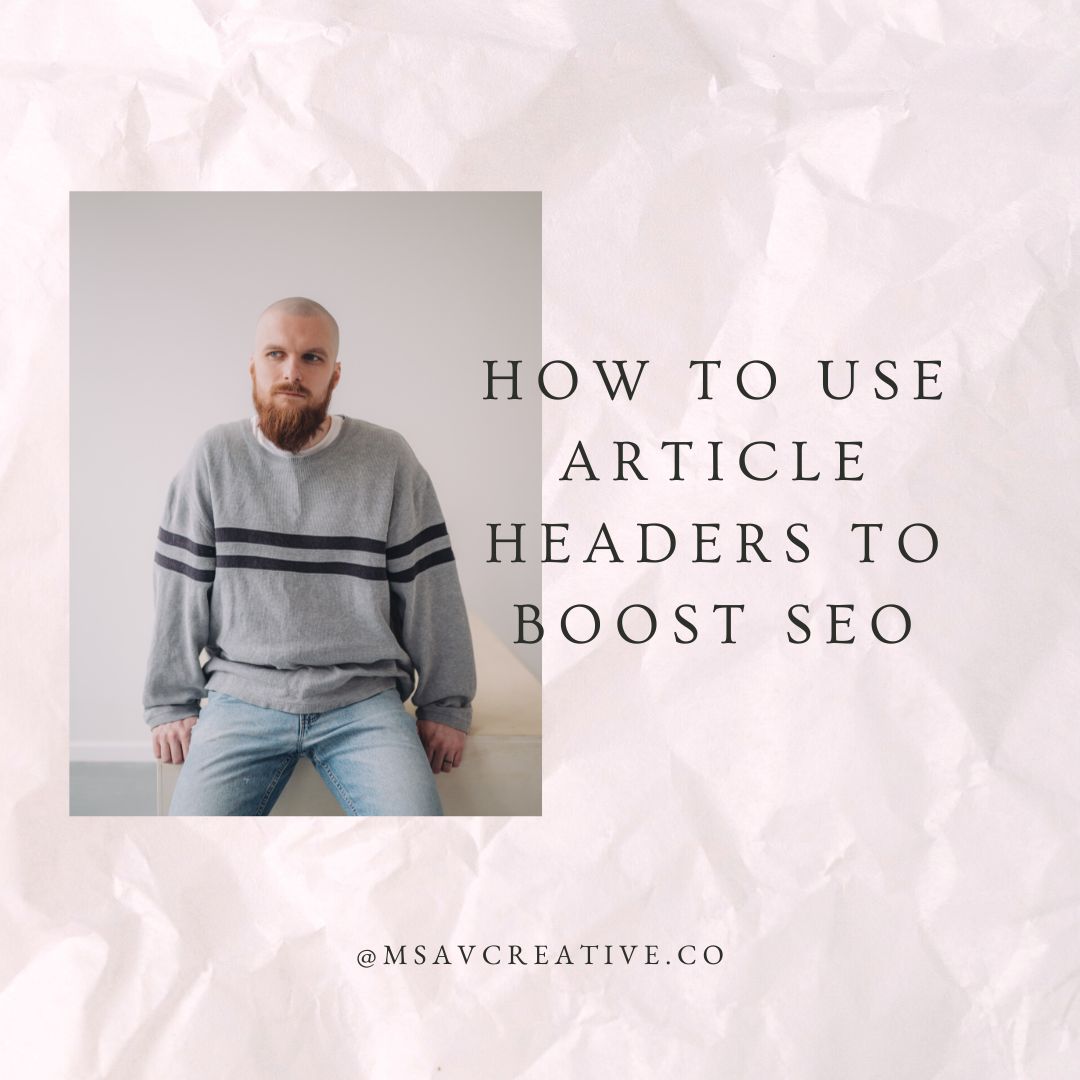
One often overlooked, or at least underappreciated area for implementing SEO is in the headers of your article. Headers are absolutely vital though if you’re looking to optimize your website and be at the top of the coveted search engine results pages (SERPs). Why are they so important though and how do you go about taking advantage of headers in regards to SEO? That’s what we’re here to talk about today. Let’s take a look at why you need headers on your articles, and how to use them correctly!
3 Reasons Headers are Crucial for SEO
1. Headers Make Things Easier
Everyone has looked online for an answer to a question before (if you haven’t and this is your first time doing so then welcome!), and when searching you’re looking to find the answer to your question as quickly as possible. Headings are a great way to let readers do just that. Think of headings as a table of contents for a book. Having correctly labeled headers lets your readers quickly find the section that pertains to their search and find the information they’re after more quickly.
How exactly does this affect SEO you might be asking? Your goal online is to get your site in front of readers, yes, but it is also to give them the answer they’re looking for. Having accurate headings that let readers find what they’re looking for quicker means they’ll stay on your site to read that section for the information AND they’ll now trust your site and look to you for relevant information in the future. Google actually takes notice of this and measures it, meaning that the more people that are on your site and finding information they need the more people Google will want to put it in front of!
2. Headers Give Your Blog Structure
Headers are great for making it easier for users to find what they need, but what about articles where the reader has to read from start to finish to get the whole picture. Correctly used headers solve this issue as well as they act almost like the chapters of a book. An article, and as such its headers, should flow from one section to the other naturally giving your blog structure. This also makes it MUCH easier to read! Don’t believe me? Don’t put any headers on your next blog and make it a single wall of text and see how that affects your reading experience.
This use of headers affects SEO in a similar way to point number 1. Users that have a clear roadmap to follow as they read through your article are much more likely to read through the entire thing. This engagement time is a key factor Google tracks and will take into account when deciding whether or not to put your content out in front of more of its users.
3. You Can Optimize Headers for SEO with Keyphrases
Last and certainly not least is the strategy of using relevant keywords and keyphrases in your headings to take advantage of SEO. I want to be clear about this upfront that there is a right and wrong way to go about doing this. Having your keyword or keyphrase in every one of your headings is a no go, especially if it doesn’t naturally fit in the heading. Your headings should be relevant to the information they precede, not stuffed with your keyphrase just because you can. If you do so Google will treat this just like regular keyphrase stuffing and actually hold it against your site!
How to Correctly Use Headers for Your Blogs
Now that we understand the importance of headers and how they impact SEO, let’s explore some best practices for effectively using them in your blogs.
Heading Hierarchy
Headings are typically referred to by their header tags such as H1, H2, H3, etc. H1 is your article’s title and should only be used once per post as it carries the most weight of any of your headings. Your other headings should be used to structure out your blogs accurately. H2 headings act as your main headings of the blog, H3 headings break up that information into further subdivisions, and so on. Unless a blog is VERY in depth and covers a lot of topics within topics you’ll rarely use anything over H4 headings.
Break Up Walls of Text
Like we discussed earlier, part of the purpose of headings on an article is to break up large walls of text. How often should you use them though? The general rule of thumb is that there should be some sort of heading, H2 or otherwise, at least every 300 words. Using headings like this will help to keep things easy to read for your users and improve your SEO!
Accurate Headings Affect Your SEO
Including your keyphrase in your headings to improve your SEO is important, but has to be done right. If you can’t include your keyphrase naturally in your headings then don’t include it in them. Your readers, and in turn Google, will value accurate headings more than ones with a keyphrase shoved unnaturally into it!
There are a lot of different moving pieces that make up an effective SEO strategy, and one of those as you now know are your article’s headers! The quest to improve your business’ SEO is never ending though, so be sure to follow our blog as well as our Instagram for more tips and tricks to mastering this ever changing landscape. If you’d rather have us take things off your hands though contact us about our SEO services!

View comments
+ Leave a comment